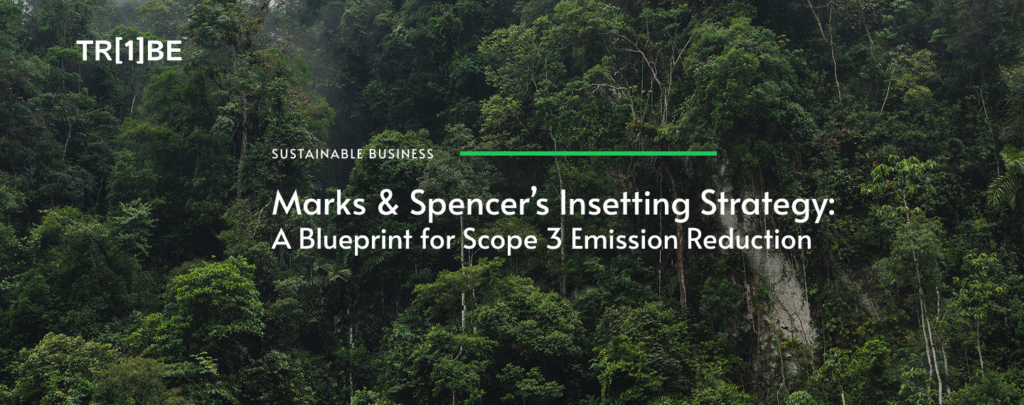
Addressing Scope 3 emissions — the indirect emissions that occur across a company’s supply chain — is one of the greatest challenges facing businesses today. Marks & Spencer (M&S) has taken a bold step forward through its Plan A for Farming initiative, embedding climate action directly into its supply chain.
This approach, known as insetting, focuses on reducing emissions at source rather than simply compensating for them elsewhere. It’s a model of how businesses can take ownership of their climate impact while building resilience into their value chains.
Launched in 2025, Plan A for Farming is a five-year programme that redefines how M&S works with its agricultural suppliers. By 2030, the company has pledged that all its UK farms will adopt regenerative agricultural practices: restoring soil health, enhancing biodiversity, and cutting carbon intensity.
Key elements include:
M&S’s insetting approach is not only about reducing emissions but also about future-proofing British farming by embedding sustainability into the supply chain itself.
For M&S, insetting means measurable change at the source of emissions — a powerful way to address Scope 3 challenges. But it’s also a reminder that no business can reduce emissions to zero through insetting alone. Some carbon outputs will remain, no matter how efficient or regenerative the supply chain becomes.
That’s where offsetting comes in. High-quality carbon projects complement insetting by addressing the residual emissions that cannot be eliminated. When both strategies are combined, companies can move decisively towards credible net zero targets.
At One Tribe, we source verified, high-integrity carbon projects to help businesses take the final step on their climate journey. While M&S’s work shows the power of insetting, many organisations need a hybrid approach: reducing emissions at source, and then offsetting what remains.
Examples of projects that illustrate this pathway include:
Each of these projects is rigorously verified to international standards, ensuring climate action is not only effective but also trustworthy.
M&S’s insetting model demonstrates how companies can lead on Scope 3 emissions by working directly with their suppliers. Yet it also underscores the need for a complete climate action toolkit: insetting where emissions can be reduced, offsetting where they cannot.
At One Tribe, we help businesses make this transition with confidence — combining visible, verified insetting partnerships with carefully sourced carbon credits that deliver real-world impact.
Because climate action should do more than check a box. It should be measurable, credible, and valuable — for the planet, for supply chains, and for business growth.
Let’s make a plan. Book a free consultation today.
climate action incentives, one tribe climate action, certified climate action, certifying climate action, certification for environmental action, how to improve my business carbon footprint, how to take climate action, incentives to increase sales,
One Tribe is a Climate Action Platform enabling businesses and their customers to make a positive environmental impact.



Eric currently works as an independent consultant at the intersection of nature and climate, focused on catalysing market and non-market solutions to drive the just transition.
He previously was Head of Product at Earthshot Labs, supporting nature conservation and restoration projects across the global south secure project finance. Prior to Earthshot Labs, Eric led nature-based carbon project development for Gorongosa National Park in Mozambique and founded the Carbon Cooperative, a global alliance of leading nature conservation and restoration practitioners exploring carbon finance. After serving in the Peace Corps in Mozambique out of university, he spent much of his 20s working in community-based conservation and ecosystem restoration efforts in Sub-Saharan Africa interspersed with two startup ventures as co-founder and CEO of a mental health tech startup and COO of a sustainable coffee company. Eric has a dual Masters in Environmental Engineering and Environmental Policy from Stanford University where he was a NSF Graduate Research Fellow and a BS in Environmental Engineering from Tufts University.
Alan is a risk management thought-leader, superconnector, and FinTech pioneer. His mission is to enable an Earth Positive economy which includes nature in global accounting systems.
Alan is Founder of Generation Blue, a venture studio dedicated to planetary game changers powered by exponential technologies. Previously, Alan established Natural Capital Markets at Lykke AG, pioneering blockchain based forestry and carbon backed tokens. Alan has over two decades of risk management experience advising global financial institutions, and was a founding member of the RiskMetrics Group, a JPMorgan spin-off. Alan is an investor and advisor to regenerative impact ventures, including TreeBuddy.Earth, Regenativ, and Vlinder Climate.
Lori Whitecalf made history when she became the first woman to be elected Chief of Sweetgrass First Nation in 2011. She served three terms of office from 2011-2017.
Lori took a two-year hiatus from leadership to expand the family ranch and serve as the FSIN Senior Industry Liaison. She was re-elected on November 29. 2019 and again on November 30, 2021, as Chief of Sweetgrass. Chief Whitecalf practises a traditional lifestyle of hunting, fishing and gathering. She currently sits on the following boards: Saskatchewan Indian Institute of Technology, FSIN Lands and Resource Commission, Battle River Treaty 6 Health Centre and Battleford Agency Tribal Chiefs Executive Council, FSIN Women’s Commission.
Tina is the Chief Business Officer for MLTC Industrial Investments, the Economic Development arm of the Meadow Lake Tribal Council. She has a diverse background of experience. Having spent 15 years as a municipal Chief Operating Officer, 20 years involved in Saskatchewan’s Health Authority Board Keewatin Yatthe and 9 years with Northern Lights Board of Education.
She continues as a Board Member with Beaver River Community Futures supporting small business development in her home region. Tina brings a wealth of experience in a variety of fields and many connections to the Indigenous communities of Northern Saskatchewan. In addition Tina holds a BA Advanced from the U of S, a Certificate in Local Government Authority from the U of R and is certified as a Professional Economic Developer for Saskatchewan and a certified Technician Aboriginal Economic Developer (TAED).
Tootoosis’ career spans 40+ years in HRM, political leadership, and Indigenous economic development, as a dedicated bridge builder and advocate for Indigenous causes.
As a key member of the Saskatoon Regional Economic Development Authority (SREDA) team since 2021, he develops strategies for the Truth and Reconciliation Commission final report and Call to Action #92.
He is a graduate of the First Nations University of Canada and a certified Professional Aboriginal Economic Developer. Spearheading various community initiatives while serving as a Chair of the SIEDN while directing ILDII and WIBF. Founder of MGT Consulting Tootoosis is based in Saskatoon, Treaty Six Territory.
Cy Standing (Wakanya Najin in Dakota) has a long and distinguished career including serving overseas as an Electronics Technician in the Royal Canadian Air Force, former Chief of Wahpeton Dakota Nation, former Vice Chief of the Federation of Saskatchewan Indigenous Nations (FSIN), past Executive Director of Community Development Branch of the Department of Northern Saskatchewan as well as an Order in Council appointment to the Federal Parole Board.
Mr. Standing has served as a Director on many Profit and Non-Profit Corporate Boards, including serving as a Director for Affinity Credit Union with assets of over six billion dollars as well as IMI Brokerage and Wanuskewin and is currently a member of the One Tribe Indigenous Carbon Board.